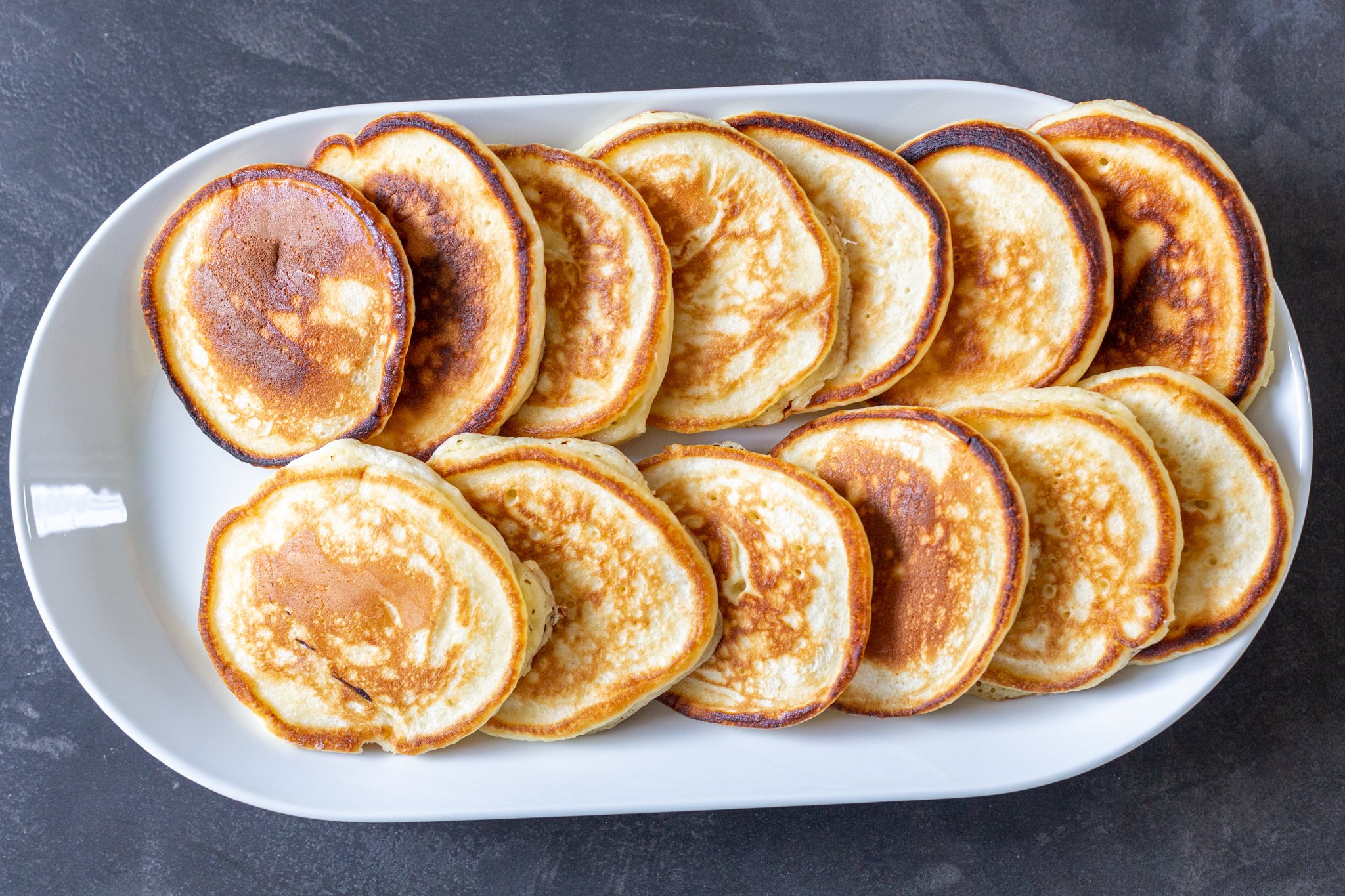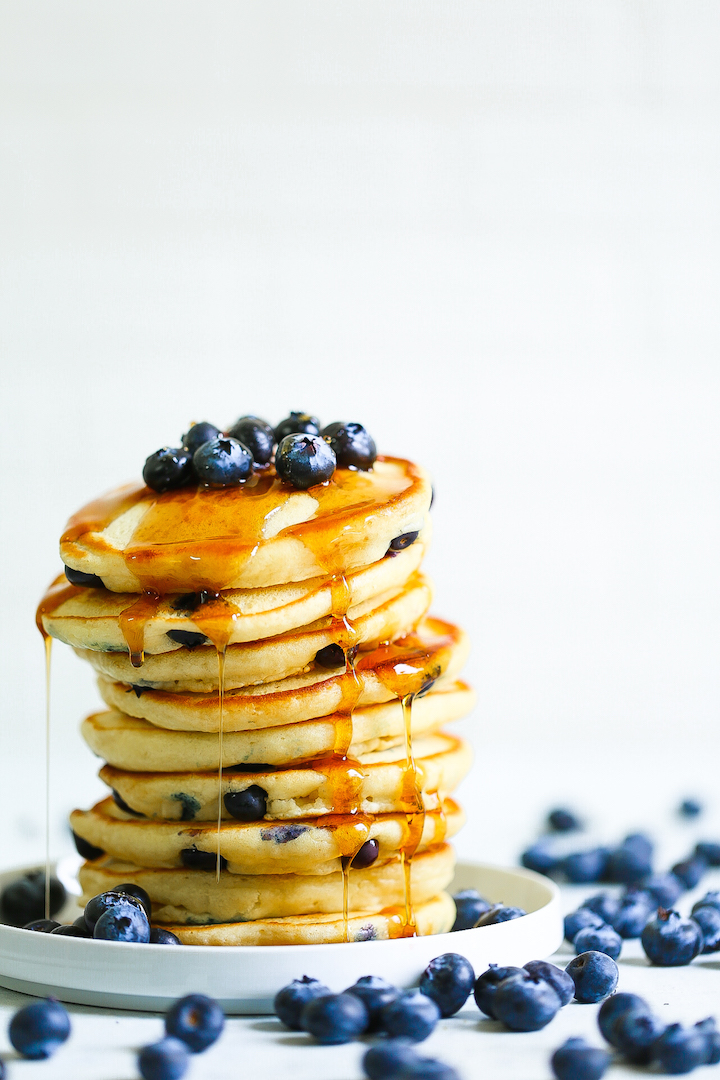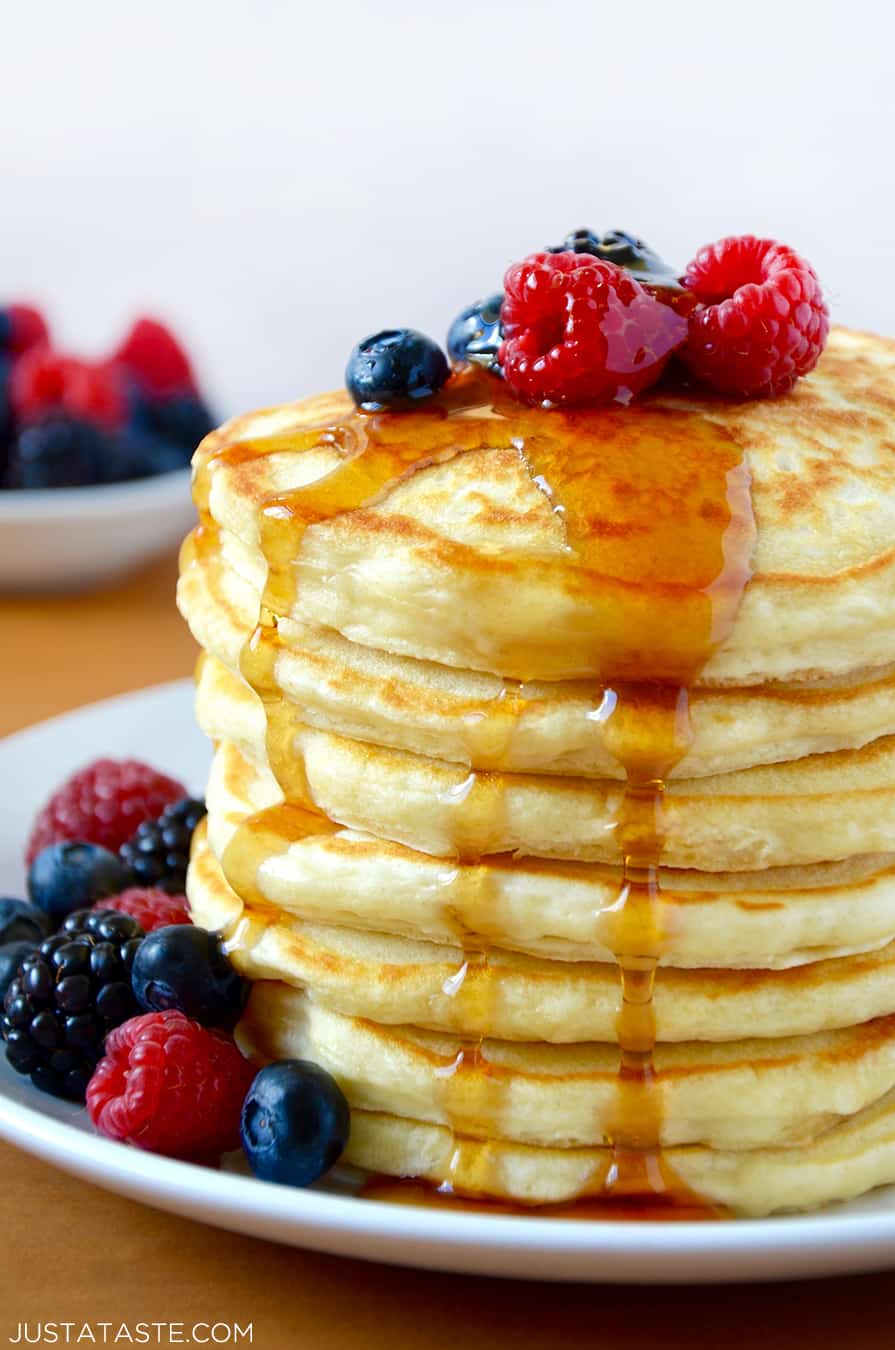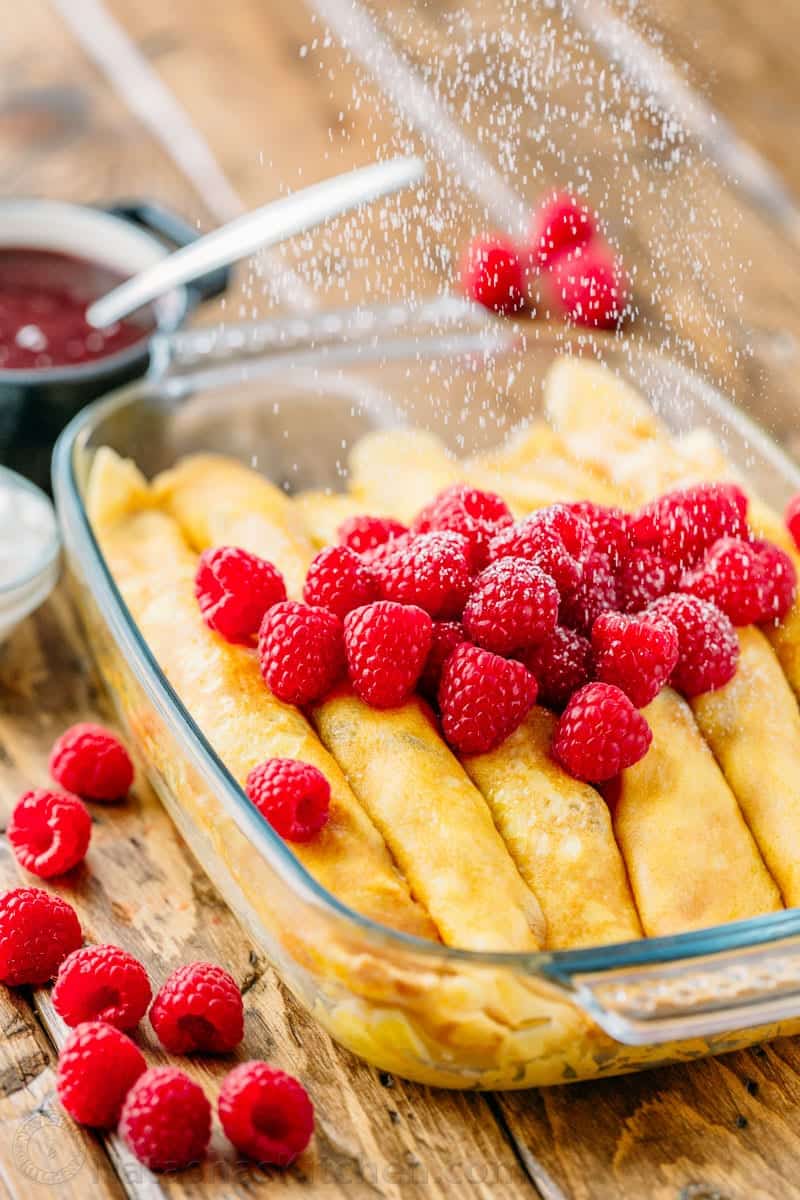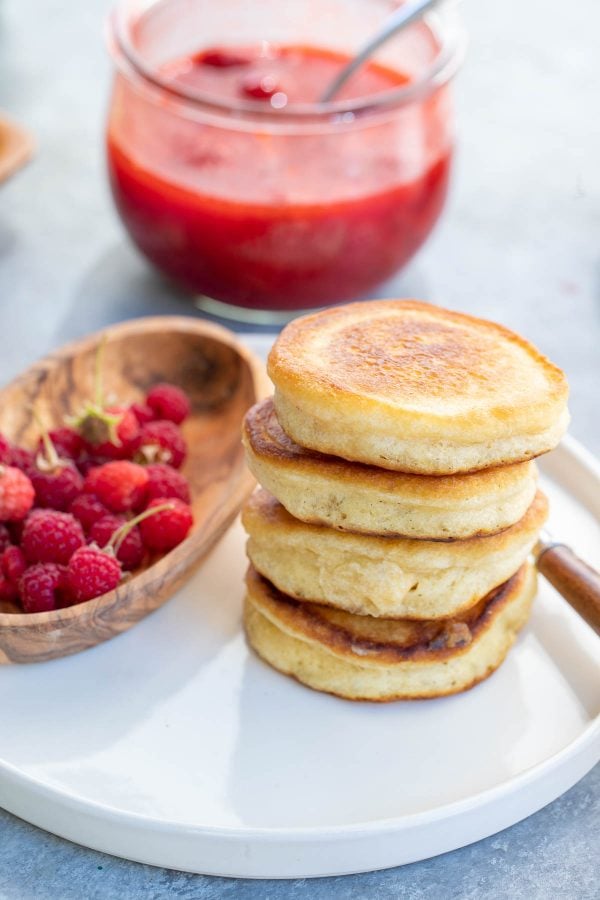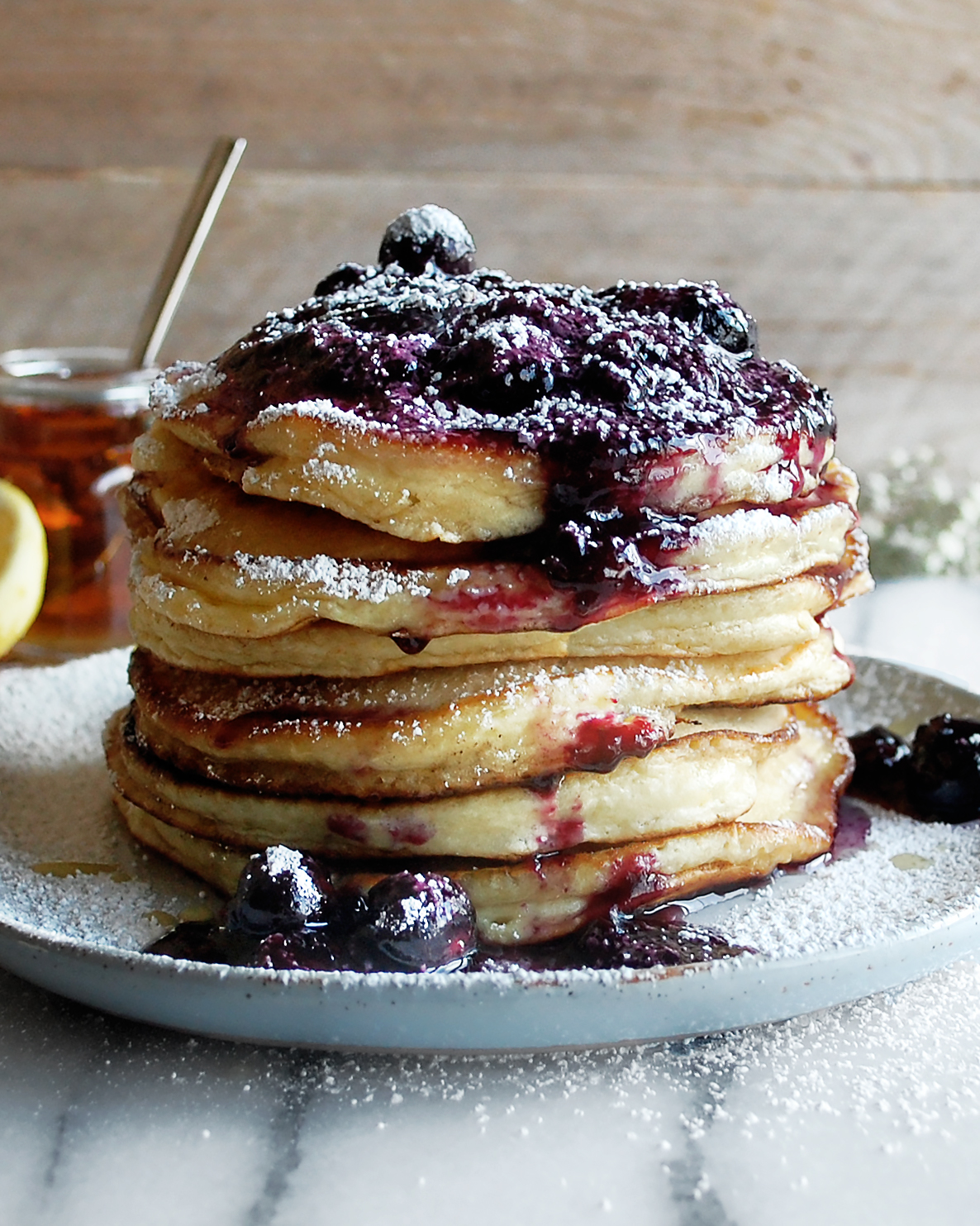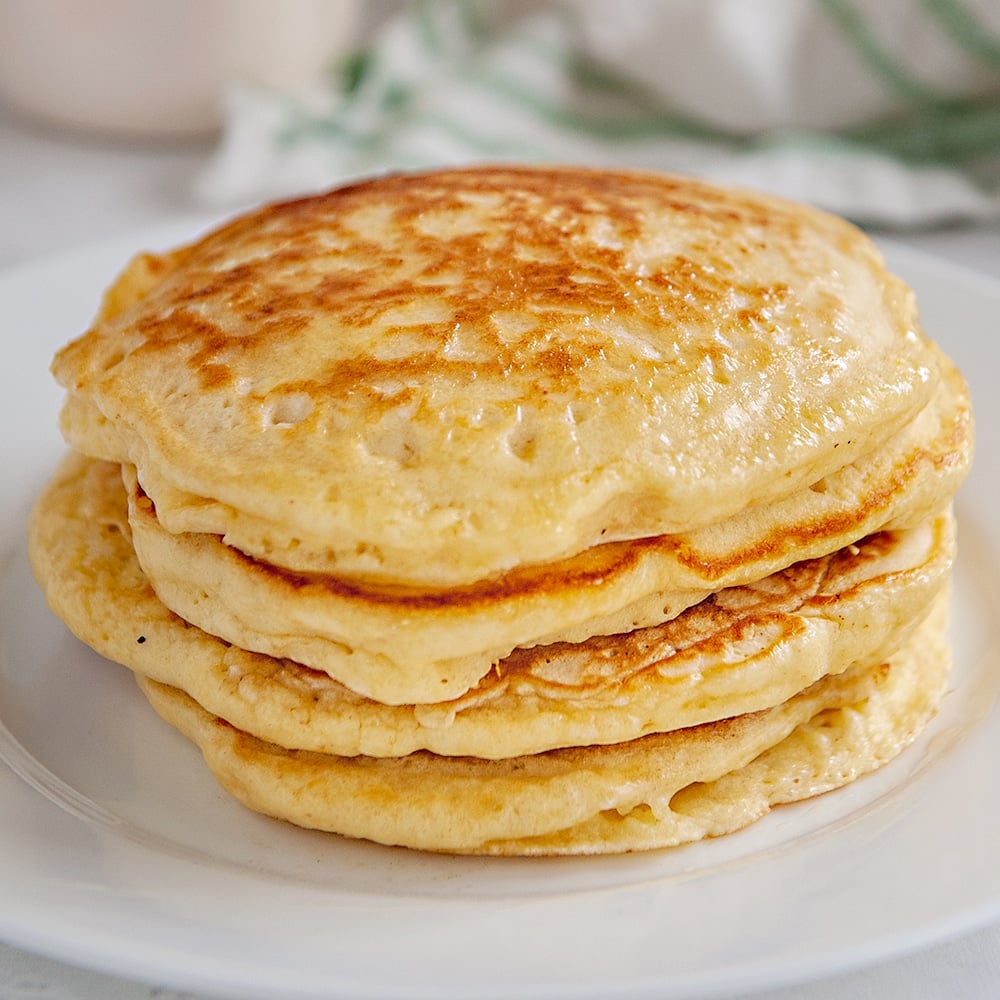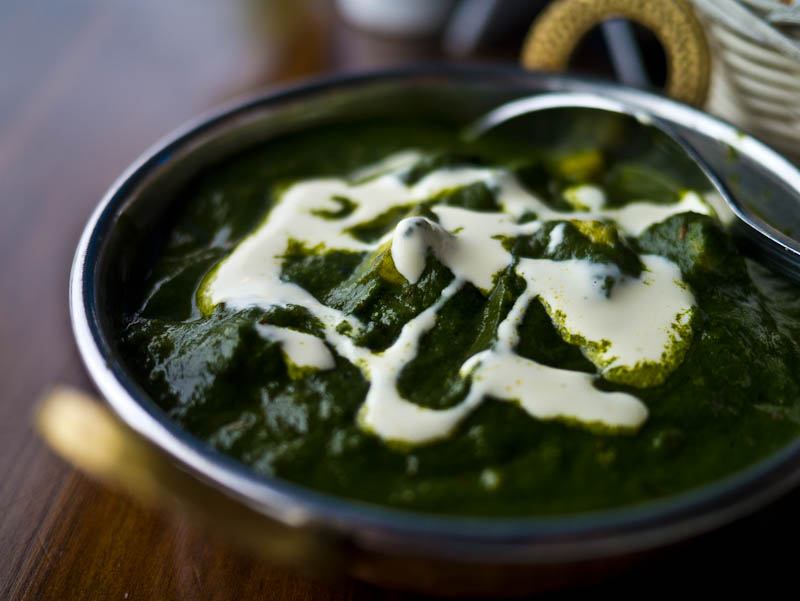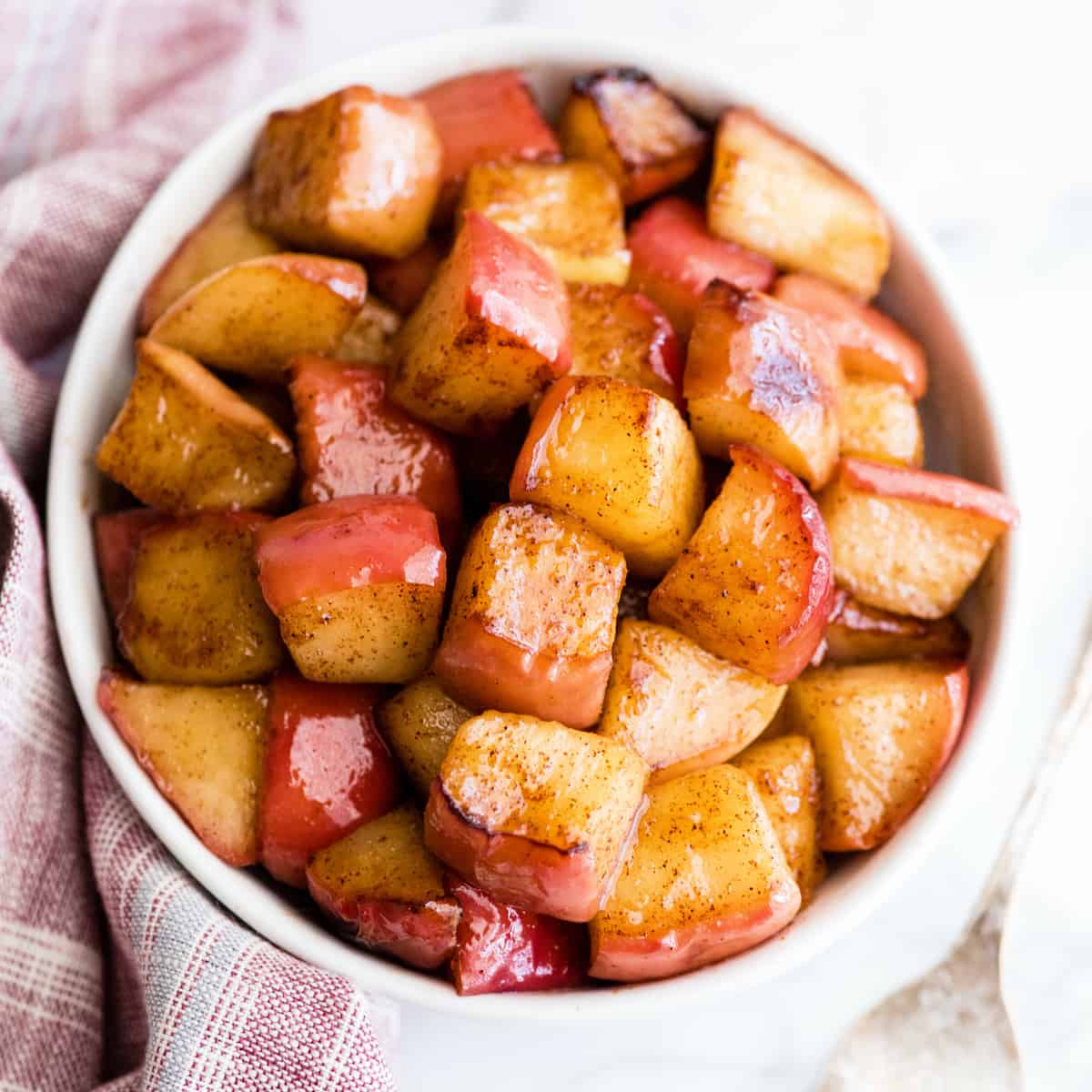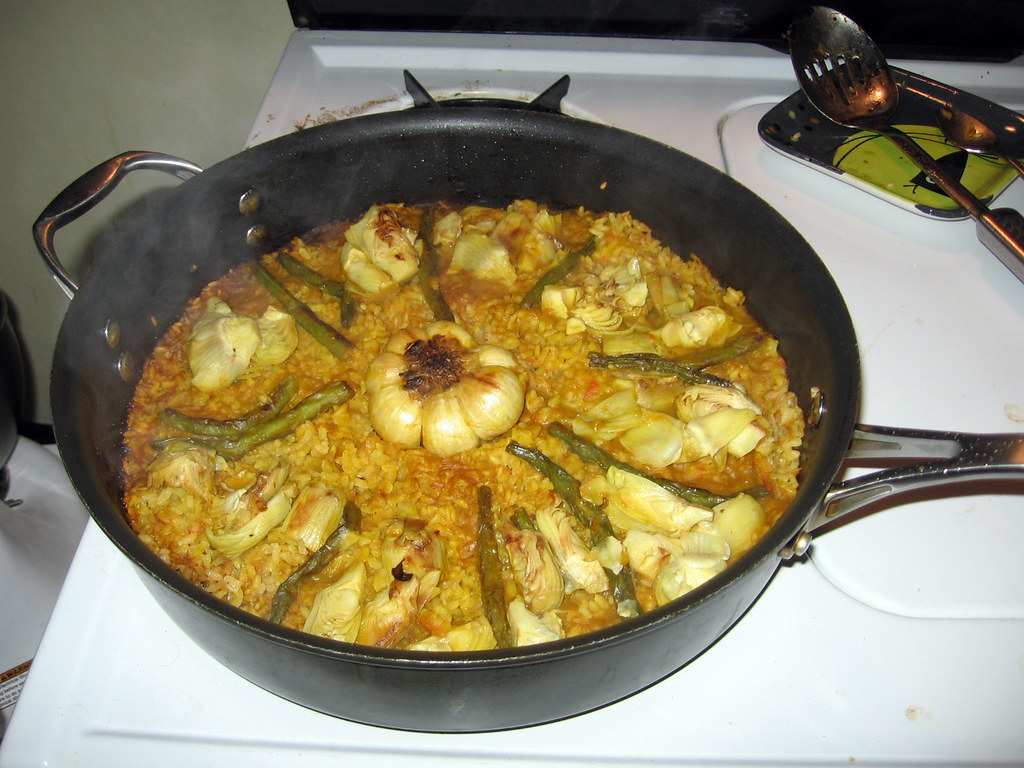Oladi with Apples Recipe
Oladi with Apples: A Delightful Russian Treat
Embark on a culinary journey with our mouthwatering Oladi with Apples recipe! These fluffy, golden pancakes, originating from Russia, burst with the sweet tanginess of apples, offering a delightful treat at any time of day.
Origin and History of Oladi
Oladi, pronounced as “uh-LAH-dee,” are traditional Russian pancakes that have been enjoyed for centuries. Their origins can be traced back to ancient Slavic cultures, where they were often made with buckwheat flour. Over time, wheat flour became more widely used, resulting in the fluffy, light pancakes we know today.
Personal Touch
As a Russian native, I’ve grown up savoring the comforting flavors of Oladi. Whether topped with sour cream, jam, or fresh fruit, these pancakes have a special place in my heart. The aroma of apples sizzling in the pan fills my kitchen with a nostalgic warmth that transports me back home.
What to Expect in This Post
In this blog post, we’ll explore the historical origins, nutritional benefits, and irresistible flavors of Oladi with Apples. We’ll provide you with a detailed recipe, tips and tricks, and a comprehensive FAQ section to ensure your pancake-making adventure is a success.
Ingredients List:
- 1 1/2 cups all-purpose flour
- 1/2 teaspoon baking powder
- 1/4 teaspoon baking soda
- 1/2 teaspoon salt
- 1 cup buttermilk
- 1 cup milk
- 2 eggs
- 2 apples, peeled and diced
- 2 tablespoons melted butter
- Optional toppings: sour cream, jam, fruit
Preparation Steps:
- Whisk dry ingredients: In a large bowl, whisk together the flour, baking powder, baking soda, and salt.
- Combine wet ingredients: In a separate bowl, whisk together the buttermilk, milk, eggs, and apples.
- Add wet to dry: Gradually add the wet ingredients to the dry ingredients while whisking until just combined. Do not overmix.
- Rest the batter: Let the batter rest for 15 minutes, which allows the gluten to relax, resulting in fluffier pancakes.
- Heat the pan: Heat a large skillet or griddle over medium heat. Brush with melted butter.
- Pour the batter: Drop 1/4 cup of batter onto the hot pan for each pancake.
- Cook the pancakes: Cook for 2-3 minutes per side, or until golden brown and cooked through.
- Serve warm: Serve immediately with your favorite toppings.
Cooking Time & Servings:
Total Cooking Time: 25 minutes
Servings: 12-15 pancakes
Nutritional Information:
Per serving (1 pancake):
- Calories: 150
- Fat: 5g
- Protein: 7g
- Carbohydrates: 20g
- Sugar: 3g
- Fiber: 1g
Health Conditions & People to Avoid This
Oladi with Apples is generally safe for most people to consume. However, individuals with the following health conditions should exercise caution or avoid eating them:
- Celiac disease or gluten intolerance: Oladi contain wheat flour, which is a source of gluten.
- Lactose intolerance: Buttermilk and milk are ingredients in Oladi. If you are lactose intolerant, use alternative ingredients such as almond milk or lactose-free milk.
Nutrition and Benefits to the Body
Apples, the key ingredient in this recipe, offer a range of essential nutrients, including:
- Fiber: Apples are a good source of both soluble and insoluble fiber, which promotes digestive health, regulates blood sugar levels, and helps to lower cholesterol.
- Vitamin C: Apples are a rich source of vitamin C, an antioxidant that protects the body against damage caused by free radicals.
- Potassium: Apples provide potassium, which is essential for heart health as it lowers blood pressure.
Disadvantages
While apples are a healthy fruit, excessive consumption can still have some disadvantages:
- Increased calorie intake: Apples are relatively high in calories, so consuming too many can contribute to weight gain.
- Dental erosion: Apples are acidic, so frequent eating can contribute to dental erosion. Always rinse your mouth or brush your teeth after eating apples.
- Allergic reactions: Some people have allergic reactions to apples, including skin irritation or respiratory problems.
- High fructose content: Apples contain fructose, which can be harmful in excess. Eating moderately is perfectly fine, but acquiring excess of this nutrients is harmful.
Tips and Tricks:
- For extra fluffy pancakes, separate the eggs and beat the whites until stiff peaks form before adding them to the batter.
- If you don’t have buttermilk, you can make your own by adding 1 tablespoon of lemon juice or vinegar to 1 cup of milk. Let it sit for 5 minutes before using.
- Add a teaspoon of vanilla extract to the batter for a touch of sweetness and depth of flavor.
- Use a variety of apple varieties, such as Granny Smith, Honeycrisp, or Pink Lady, to create different flavors and textures.
- For a vegan version, replace the milk and buttermilk with plant-based alternatives and use flax eggs instead of chicken eggs.
Equipment Needed:
- Mixing bowls
- Whisk
- Large skillet or griddle
- Spatula
- Measuring cups and spoons
Variations or Substitutions:
- For a gluten-free version, use gluten-free flour.
- Add cinnamon or nutmeg to the batter for extra spice.
- Instead of apples, use other fruits such as blueberries, strawberries, or bananas in your pancakes.
- Top your pancakes with whipped cream, chocolate chips, or fresh fruit for an indulgent treat.
Serving Suggestions:
- Serve Oladi with Apples with a dollop of sour cream and fruit compote for a classic Russian breakfast.
- Stack them high on a plate and drizzle them with maple syrup for a satisfying dessert.
- Create a fruit salad by topping Oladi with fresh berries, bananas, and mangoes.
Storage and Reheating Instructions:
- Leftover Oladi with Apples can be stored in an airtight container in the refrigerator for up to 3 days.
- To reheat, warm them in the oven at 350°F (175°C) for 10-15 minutes, or in the microwave for 30-60 seconds per pancake.
Conclusion:
Indulge in the comforting flavors of Oladi with Apples by trying out our easy-to-follow recipe. With its fluffy texture, sweet apple filling, and endless possibilities for toppings, this dish will become a staple in your kitchen. Share your Oladi creations on social media using #OladiWithApples and let us know your thoughts!
Frequently Asked Questions (FAQs):
- What is the difference between Oladi and blinis?
Oladi are smaller and thicker than blinis, and they are typically made with a batter that contains baking powder or baking soda, which makes them fluffier. Blinis, on the other hand, are thinner and have a more crepe-like texture.
- Can I use other fruits in this recipe?
Yes, you can use a variety of other fruits in this recipe, such as blueberries, strawberries, raspberries, or bananas. Simply dice the fruit and add it to the batter.
- How do I know when my Oladi are cooked?
Your Oladi are cooked when they are golden brown on both sides and cooked through in the center. To check, insert a toothpick into the center of an Oladi. If it comes out clean, the Oladi is cooked.
- What should I serve with Oladi?
Oladi can be served with a variety of toppings, such as sour cream, fruit compote, maple syrup, or whipped cream. You can also serve them with savory toppings, such as smoked salmon or caviar.
- Can I make Oladi in advance?
Yes, you can make Oladi in advance. Simply prepare the batter and let it rest for 15 minutes. Then, store the batter in the refrigerator for up to 24 hours. When you’re ready to cook the Oladi, simply remove the batter from the refrigerator and let it come to room temperature for 15 minutes.


